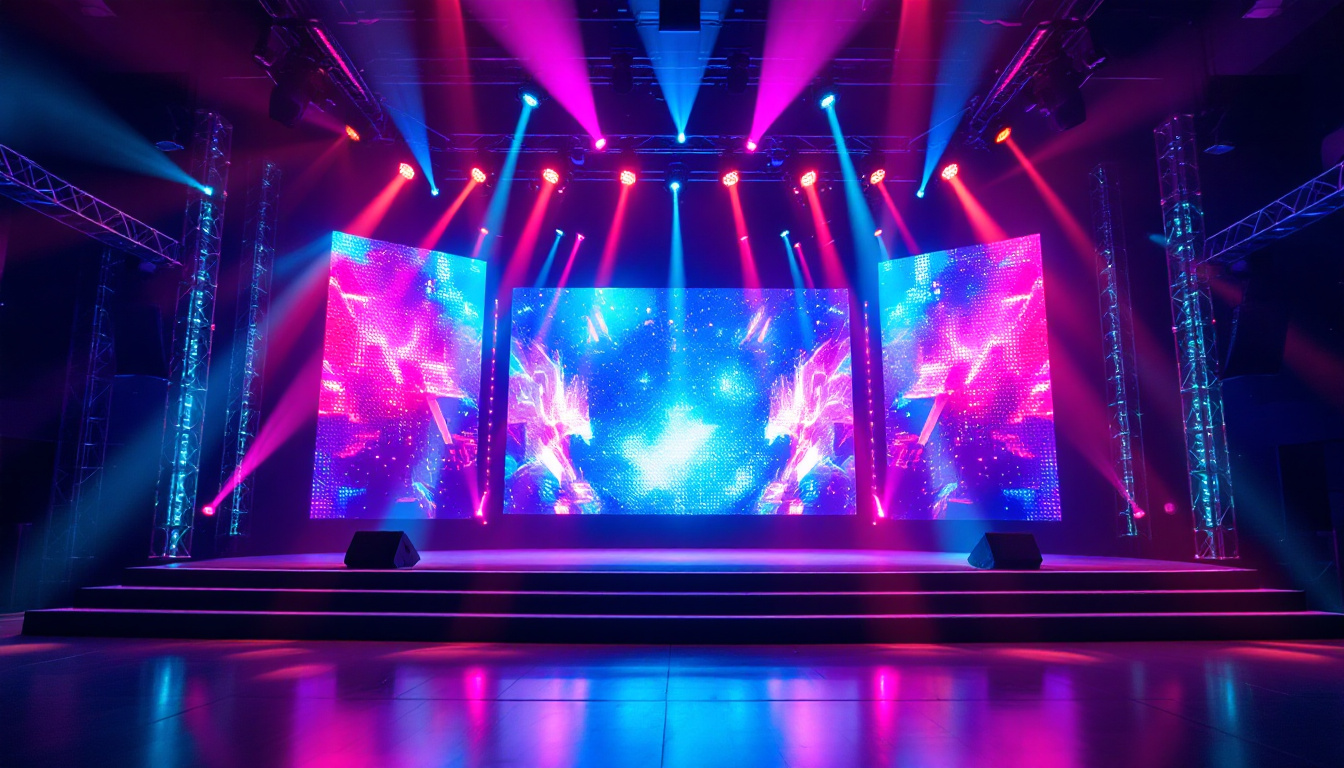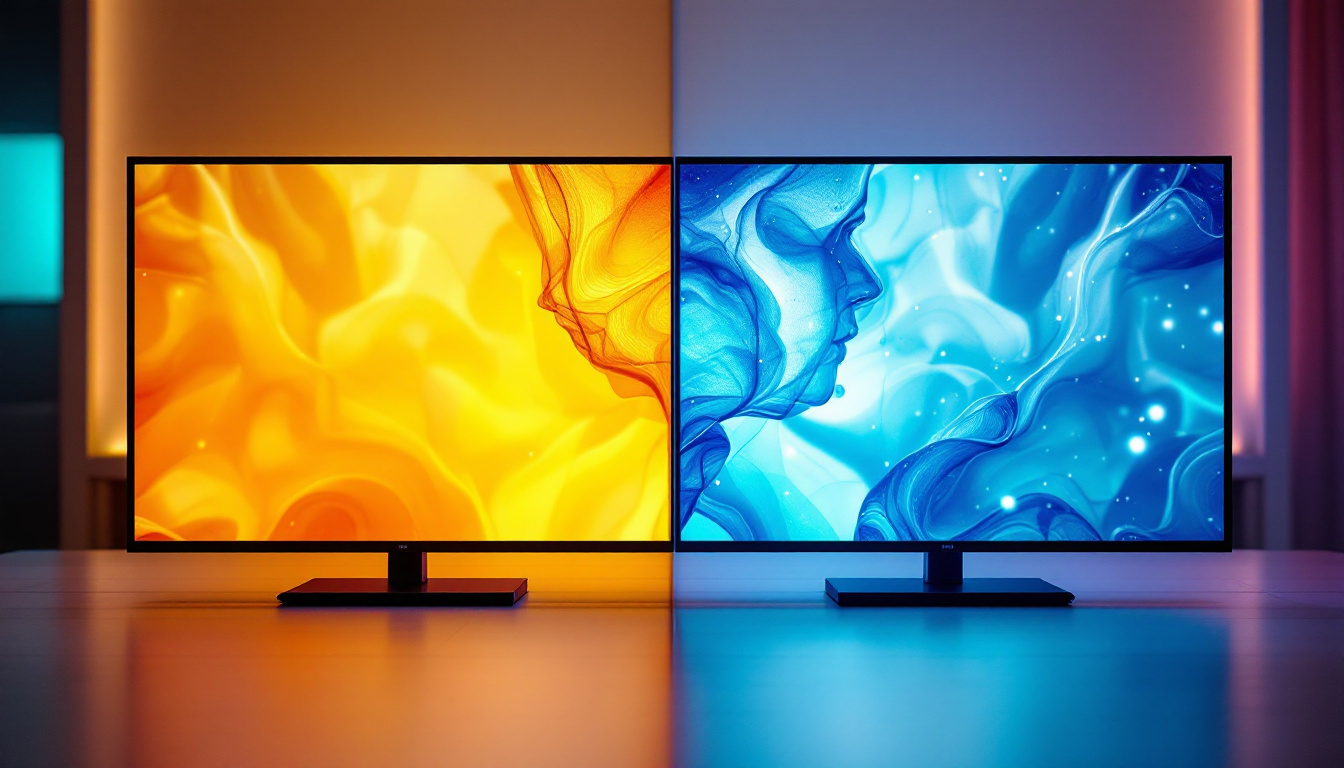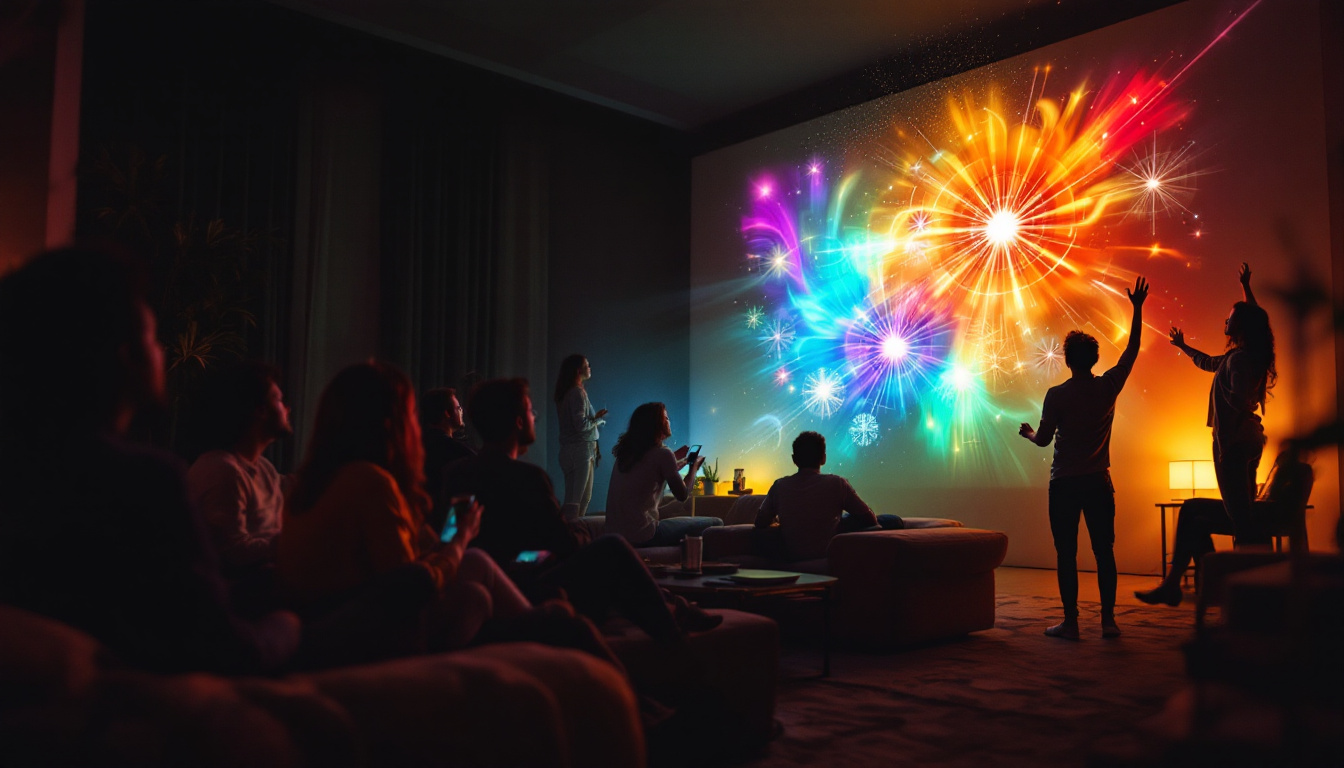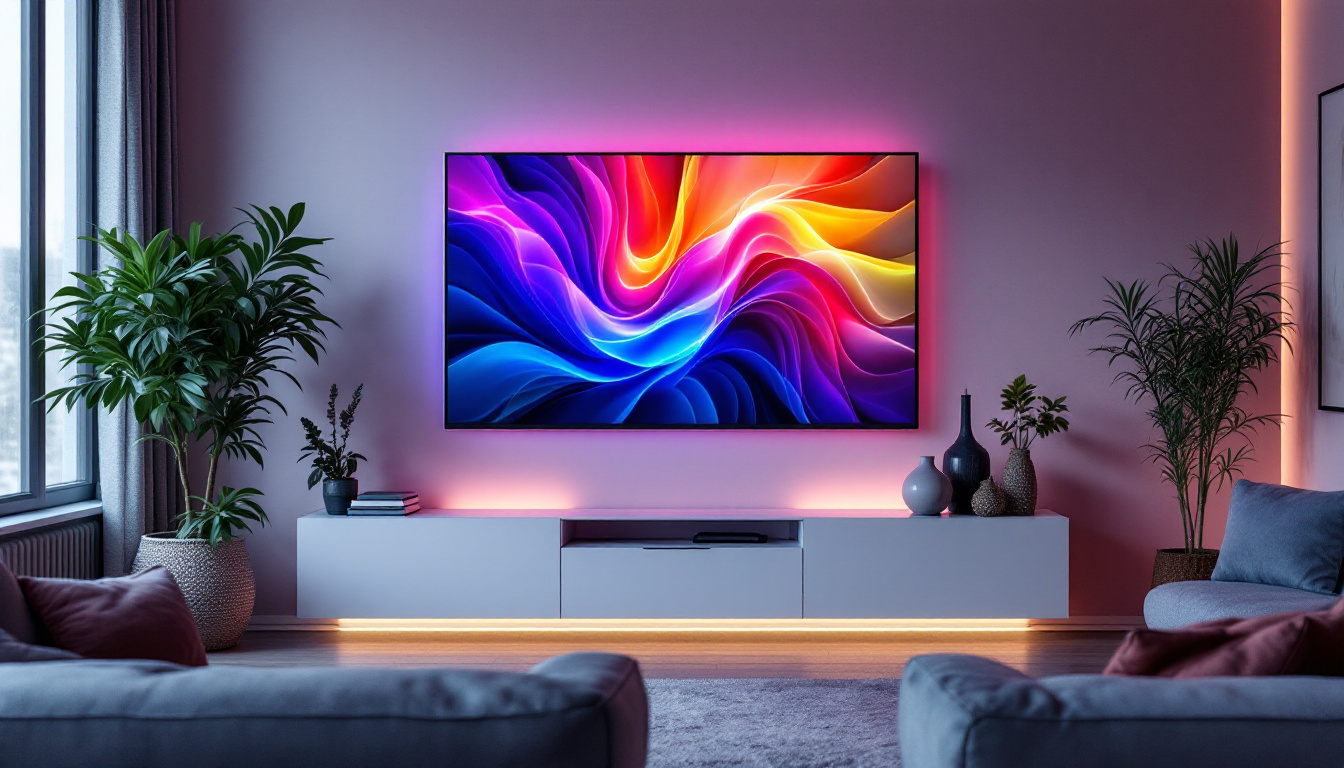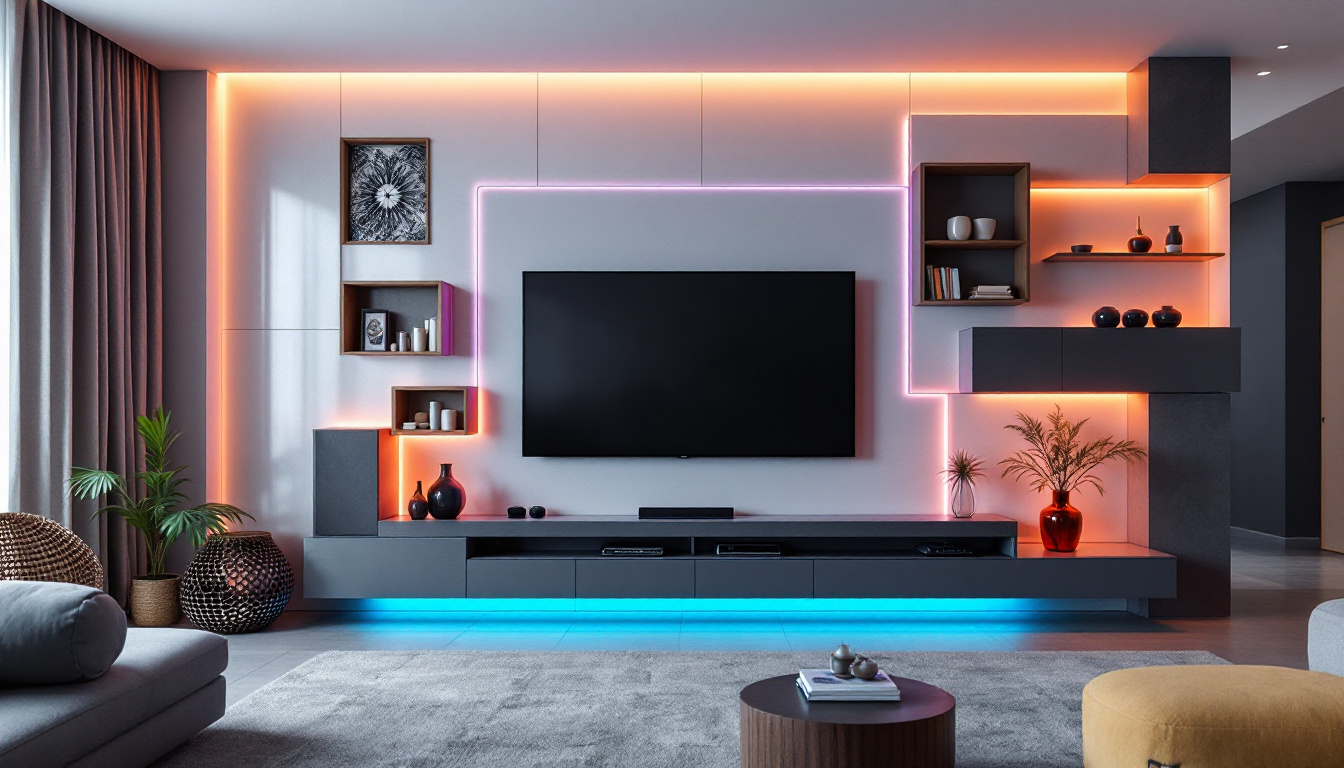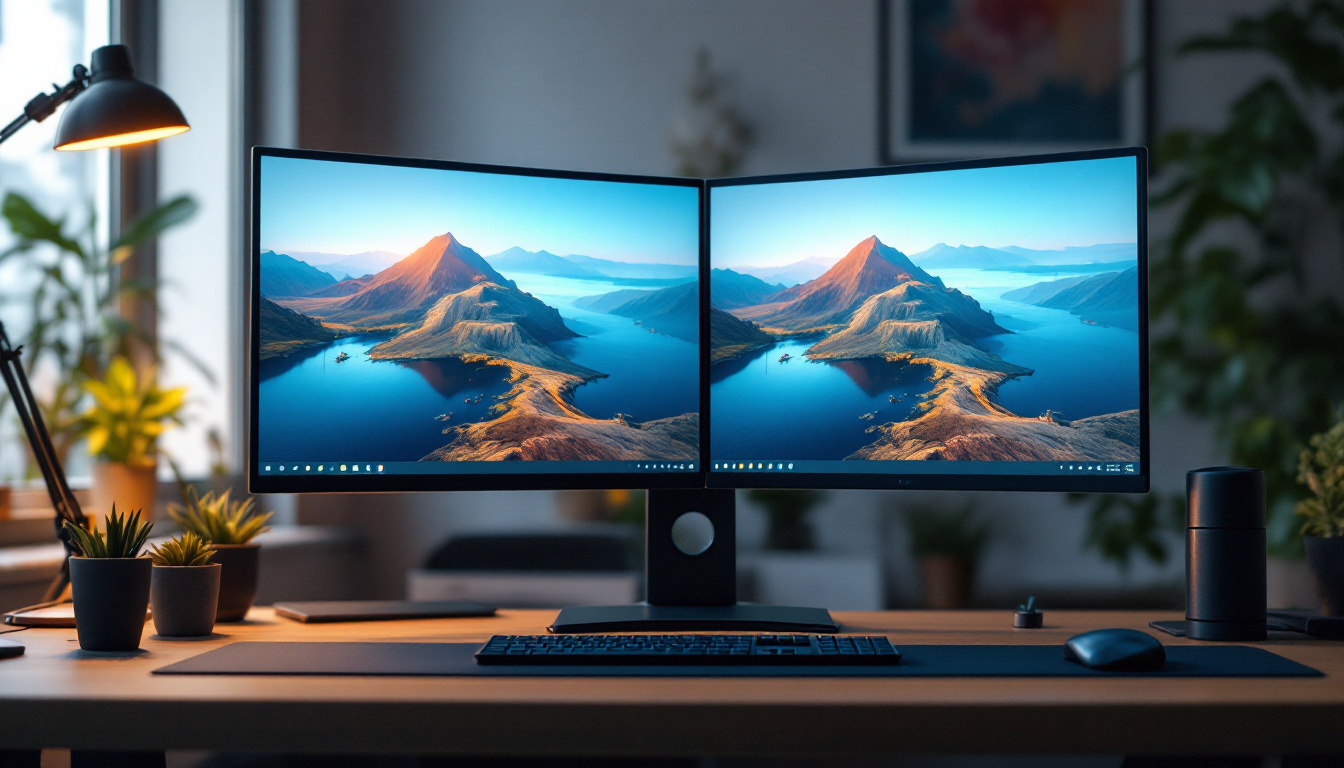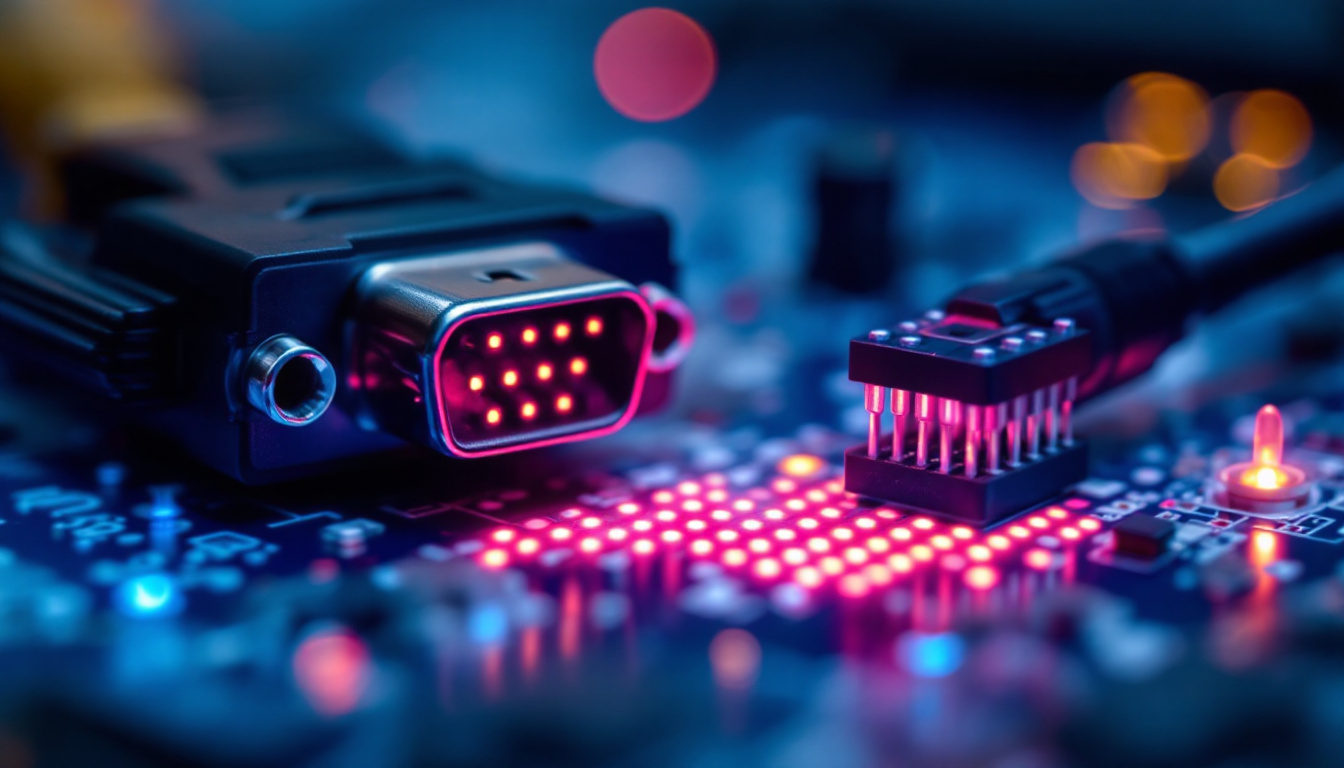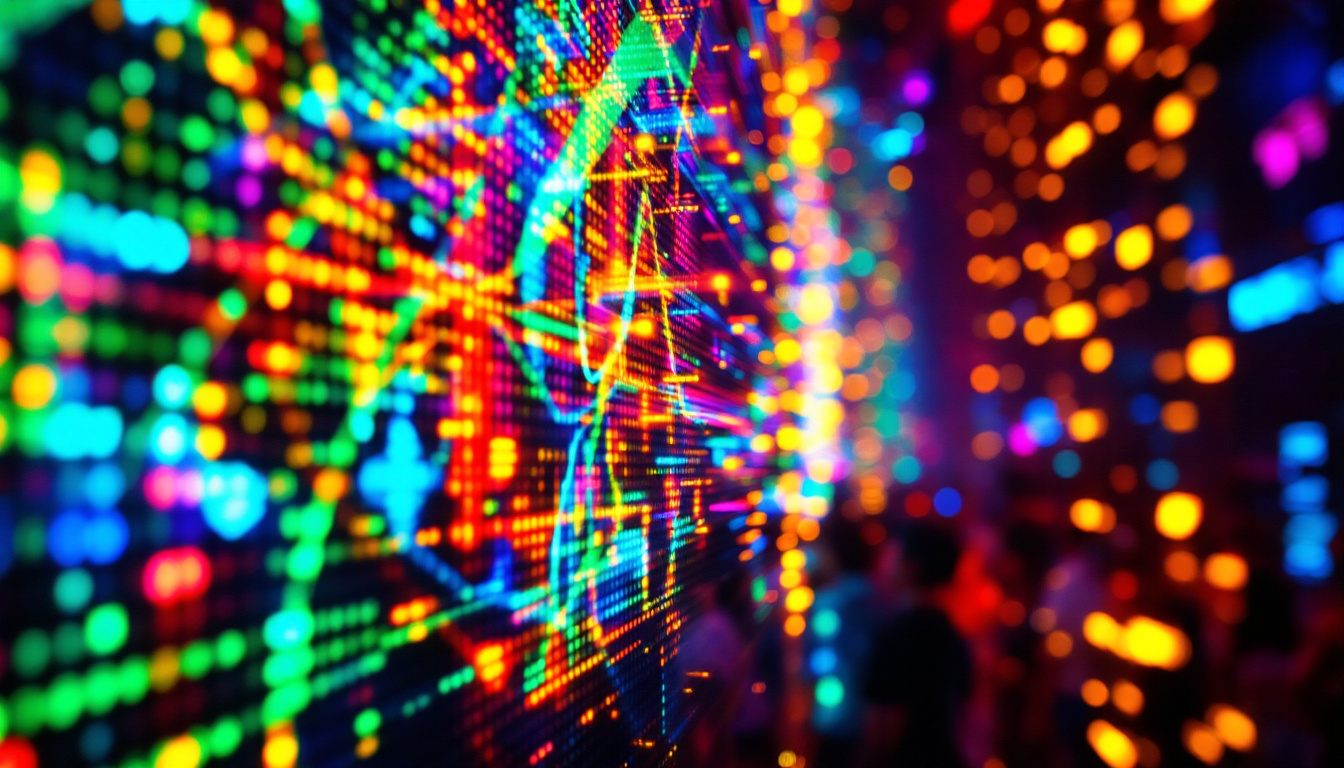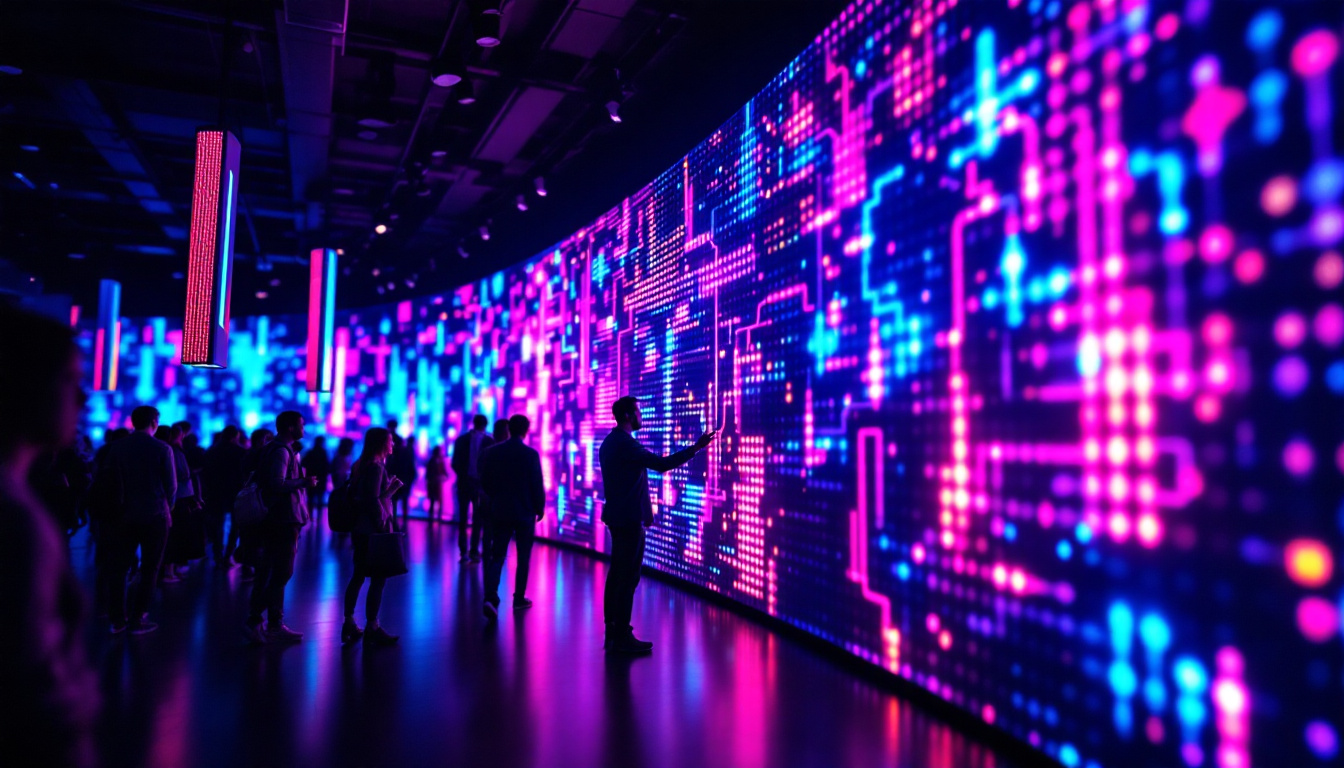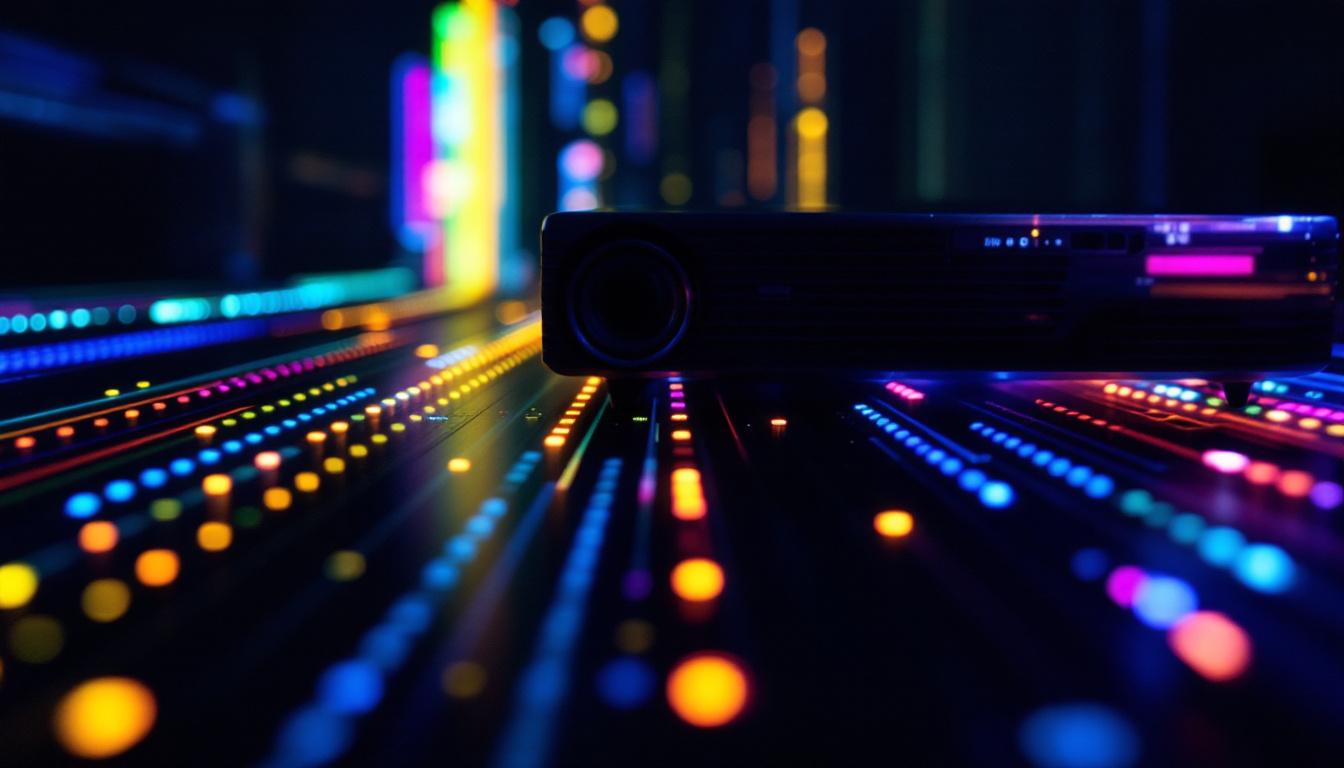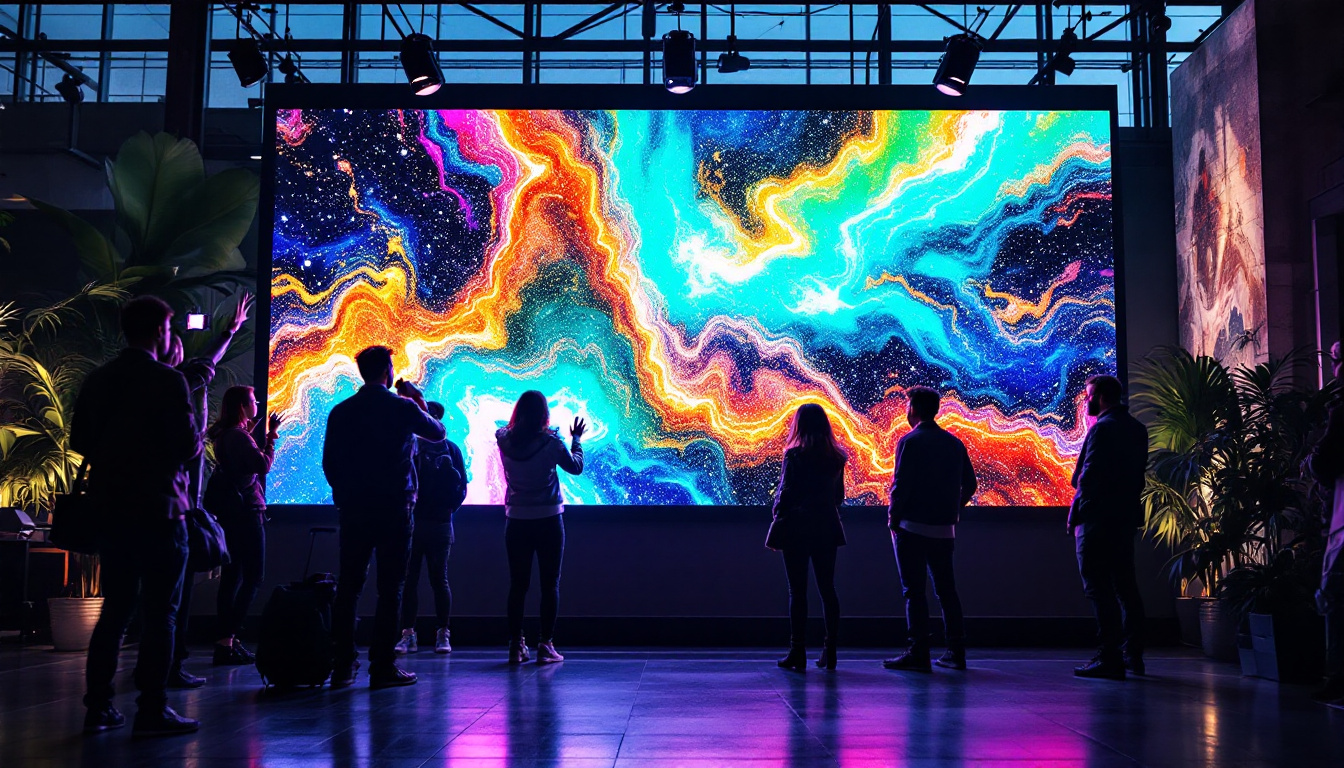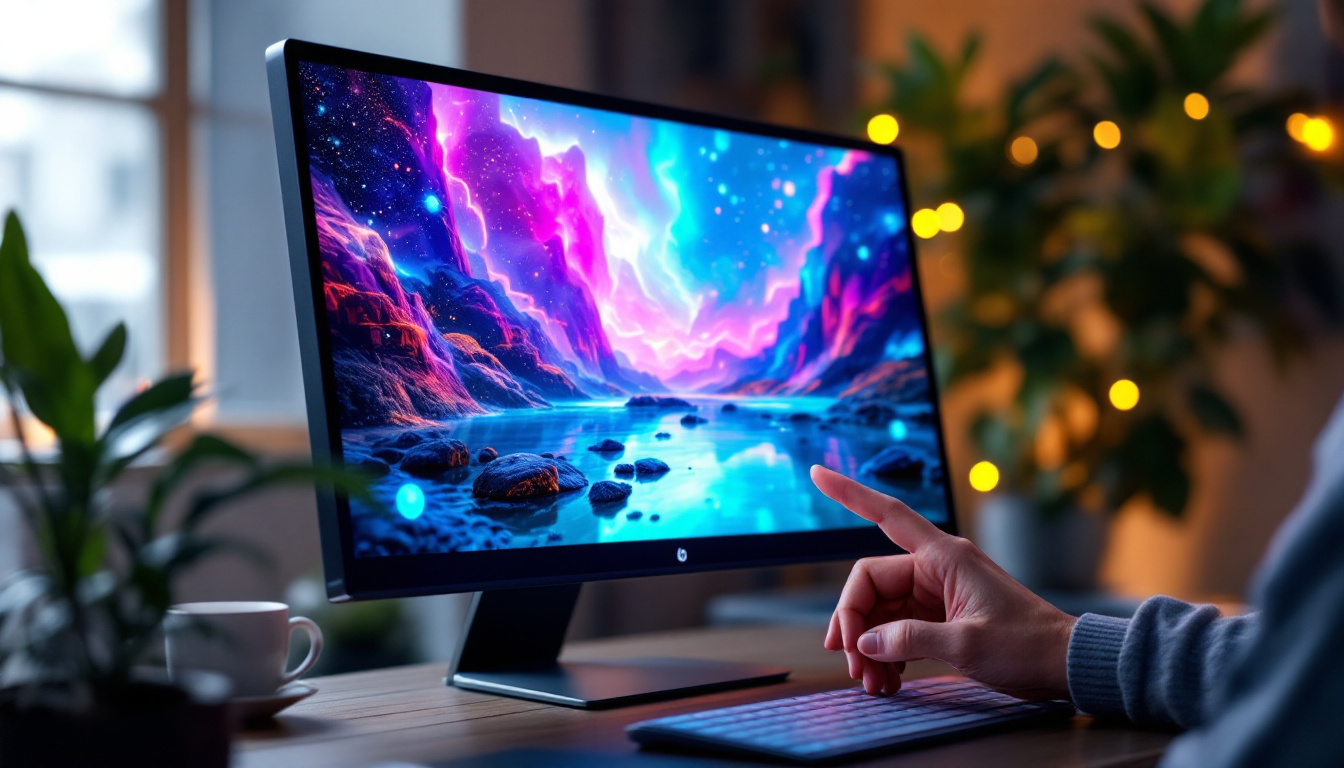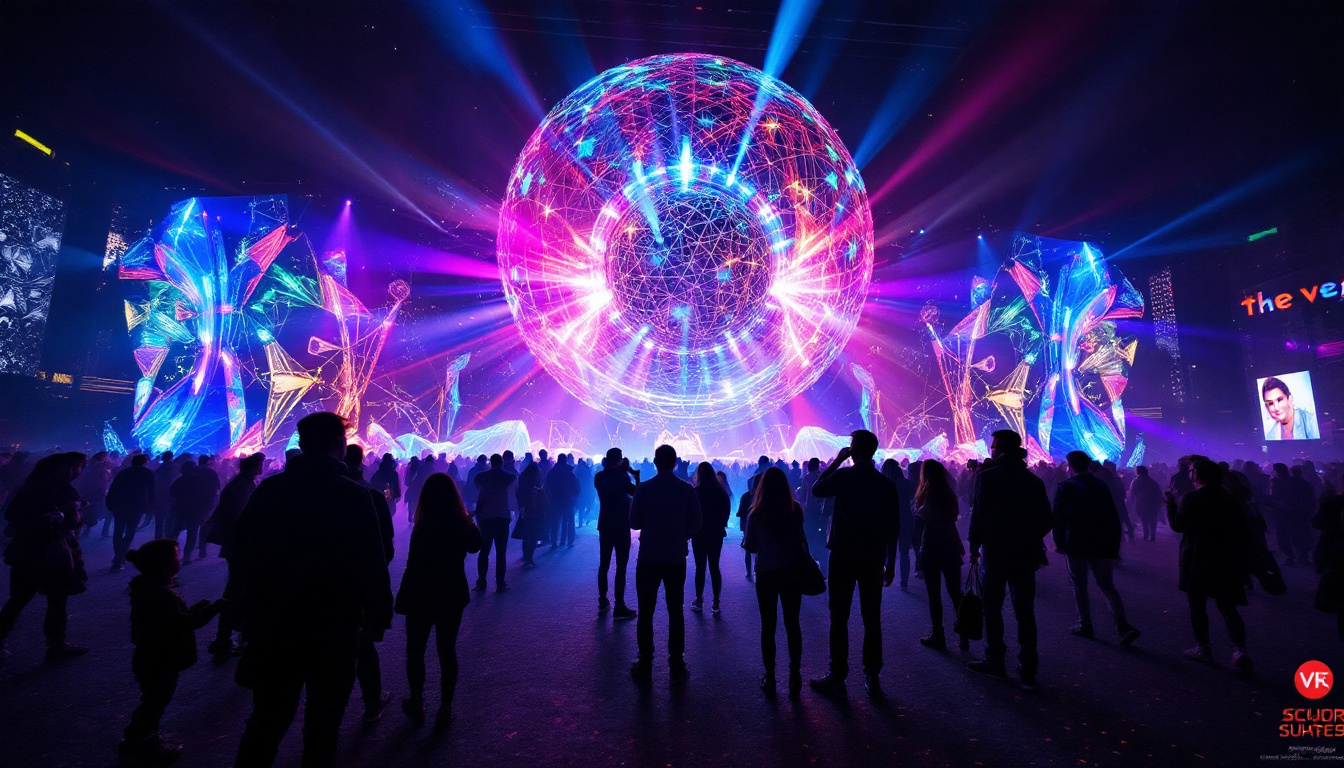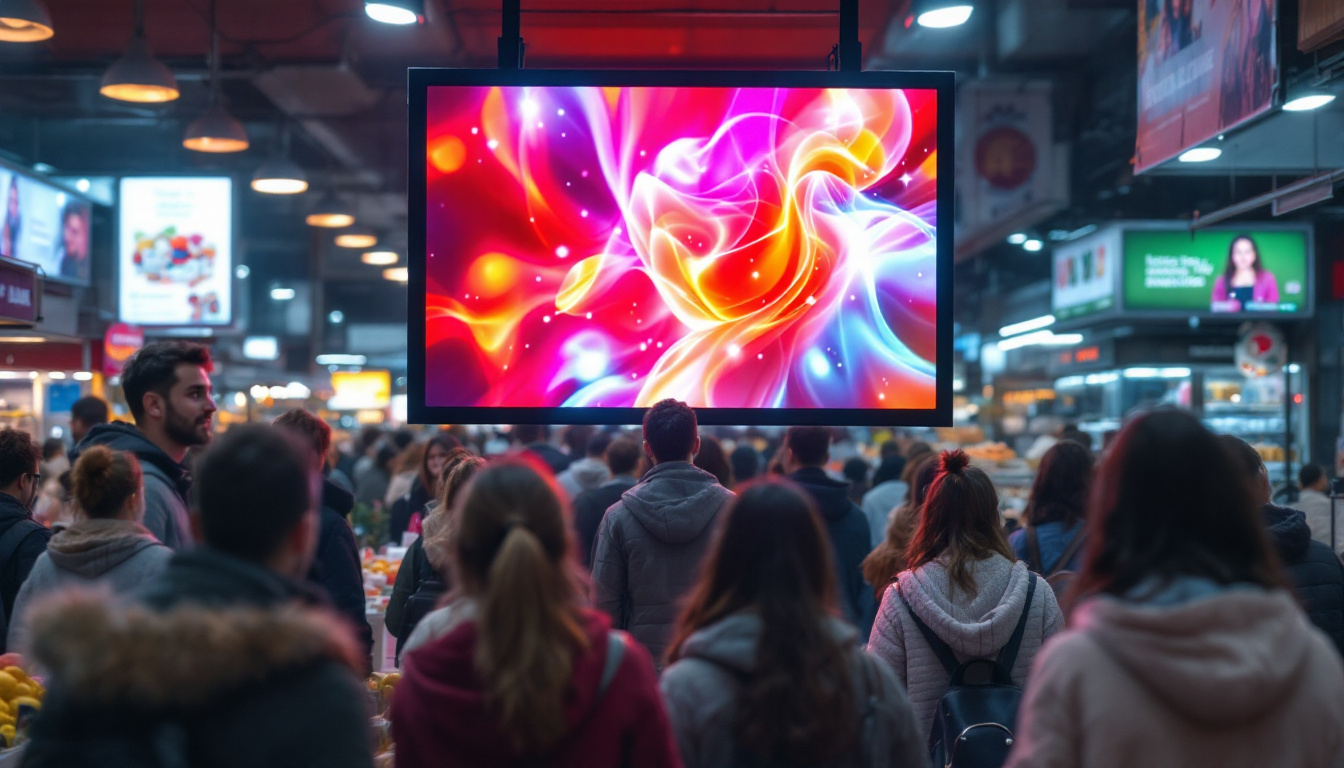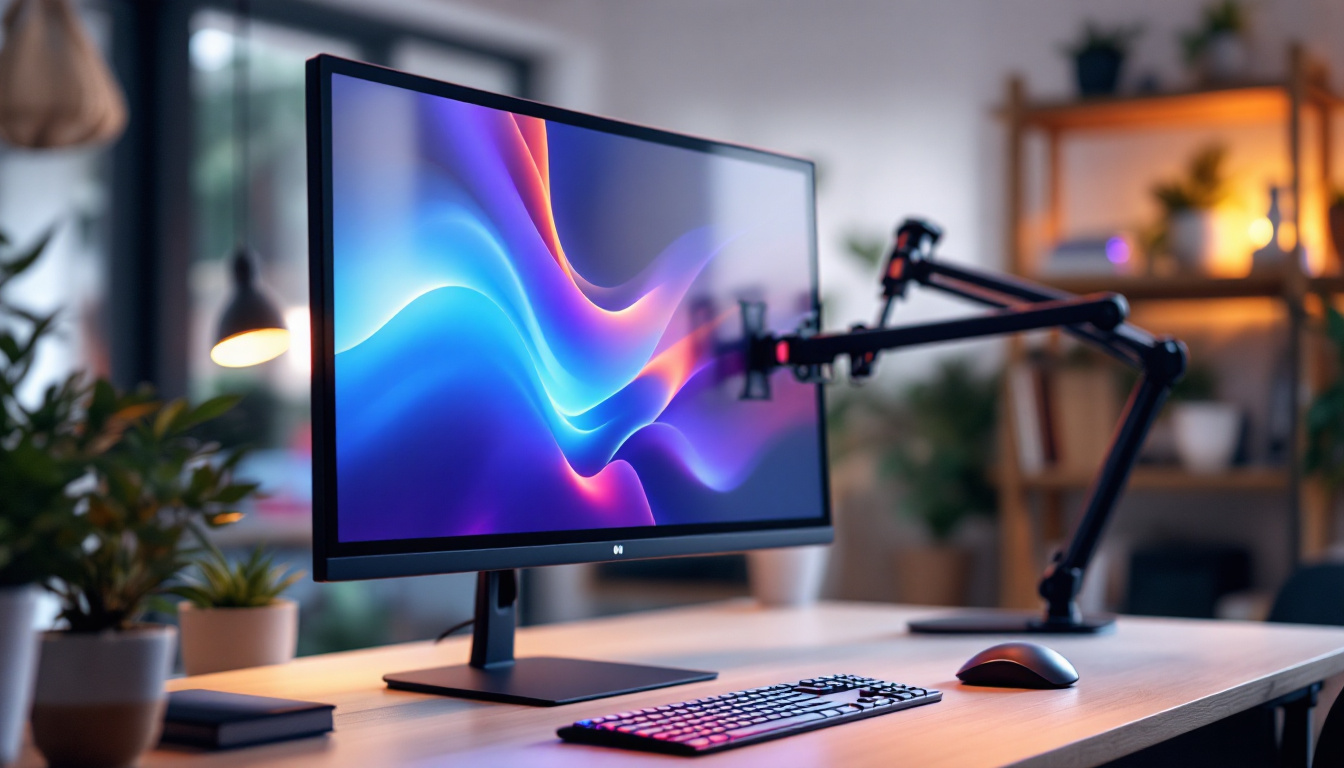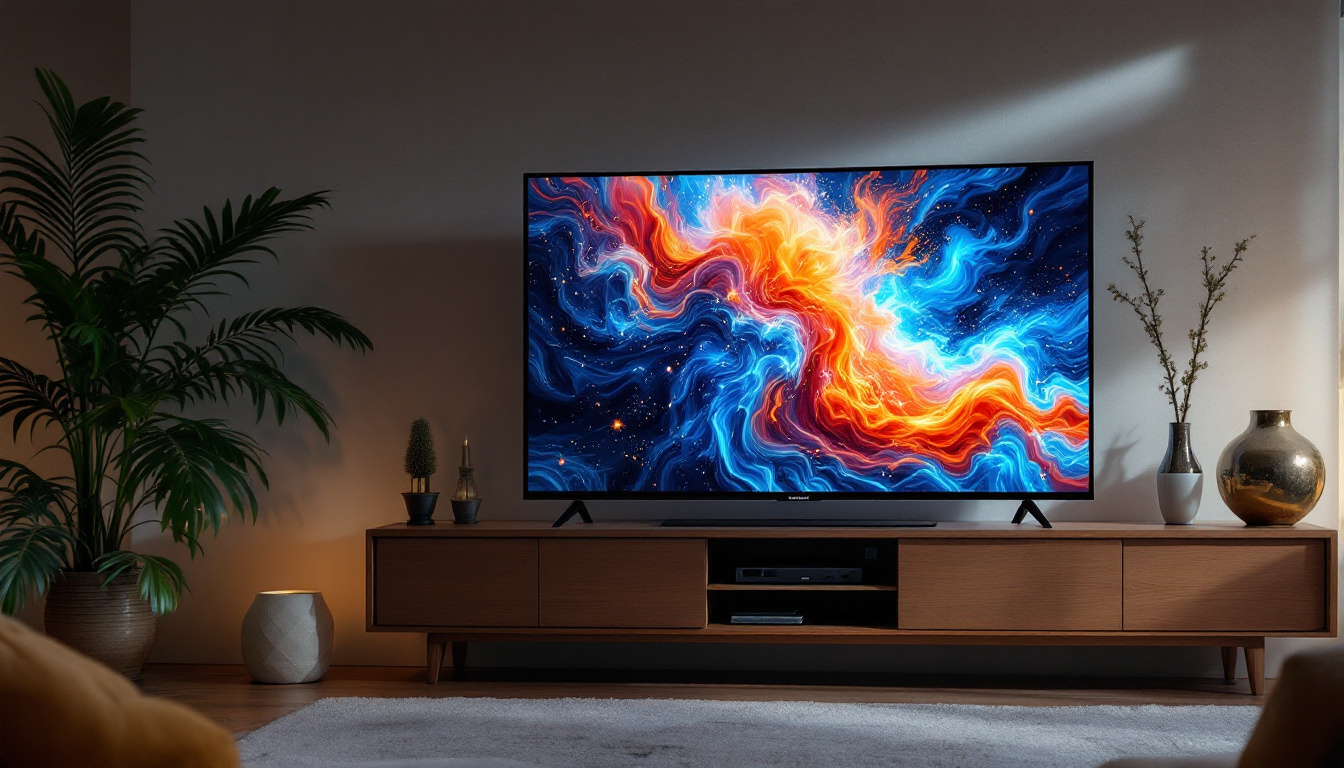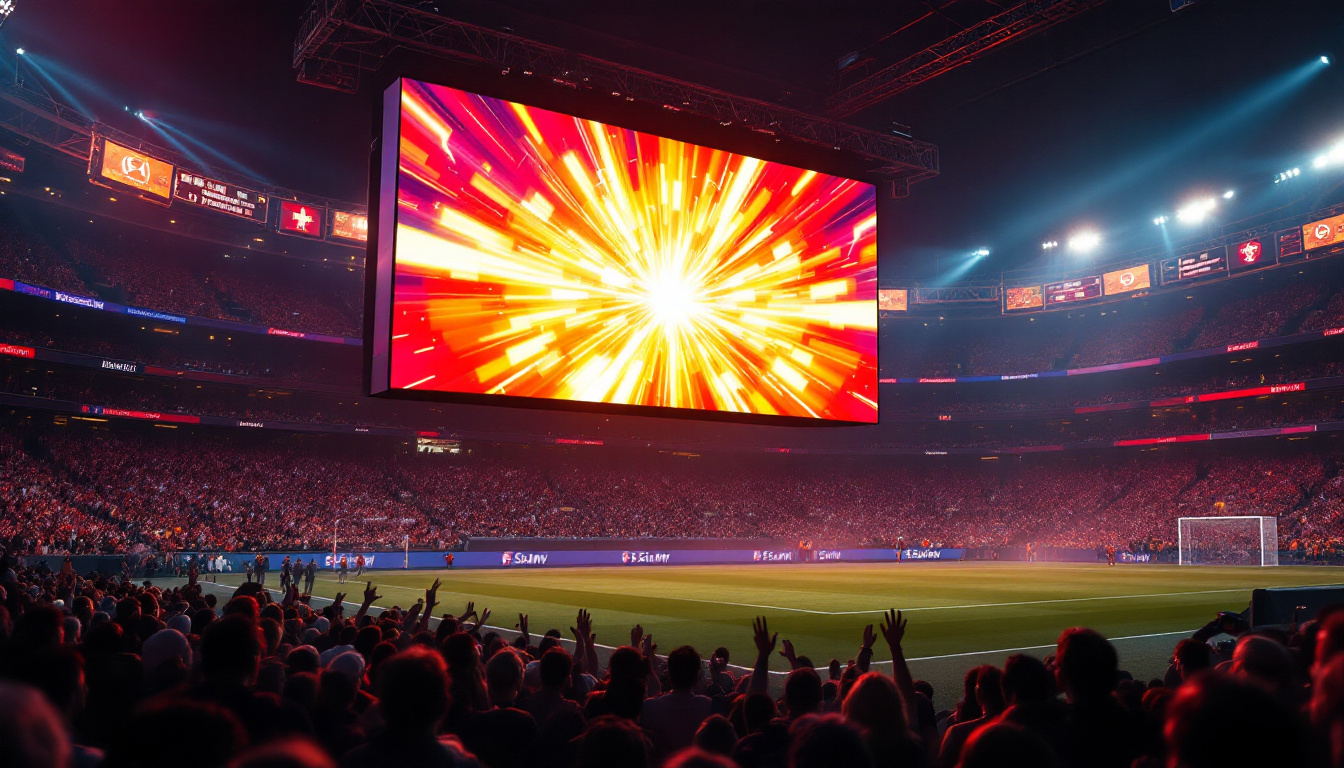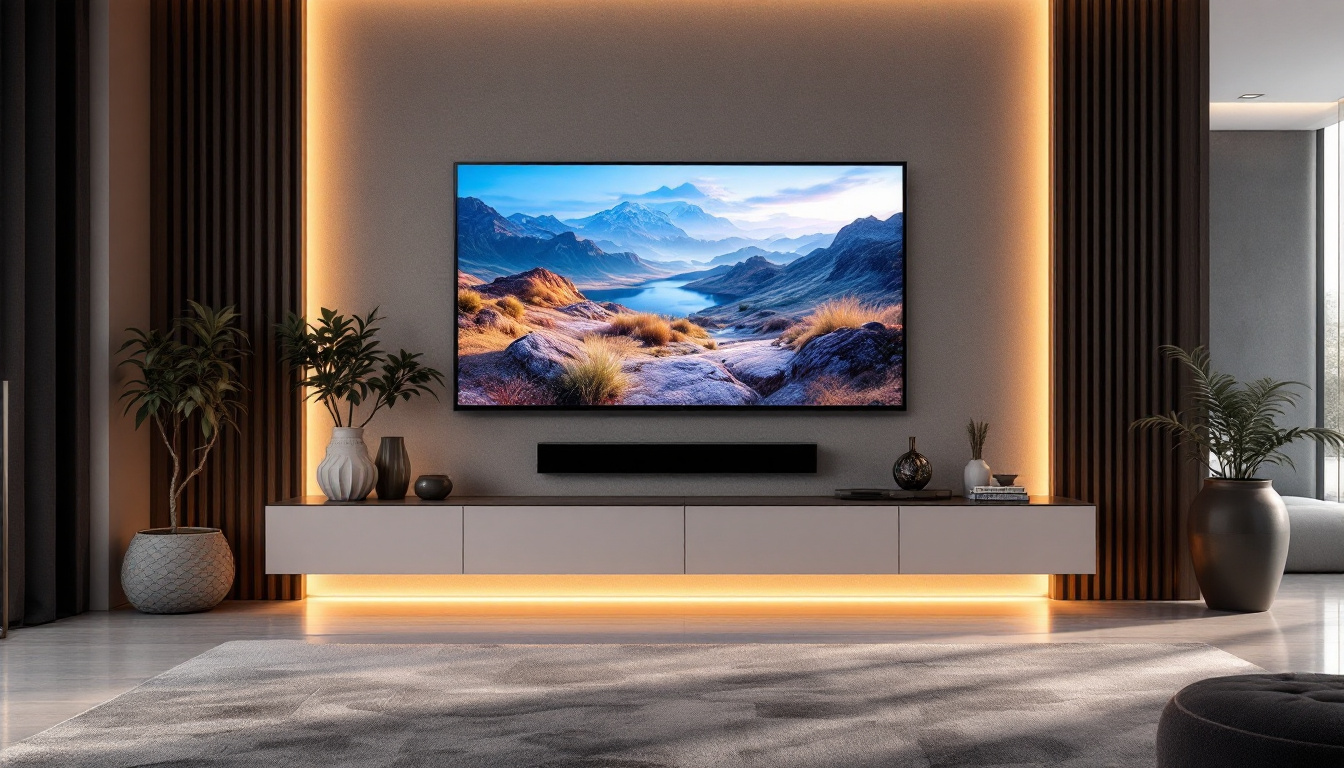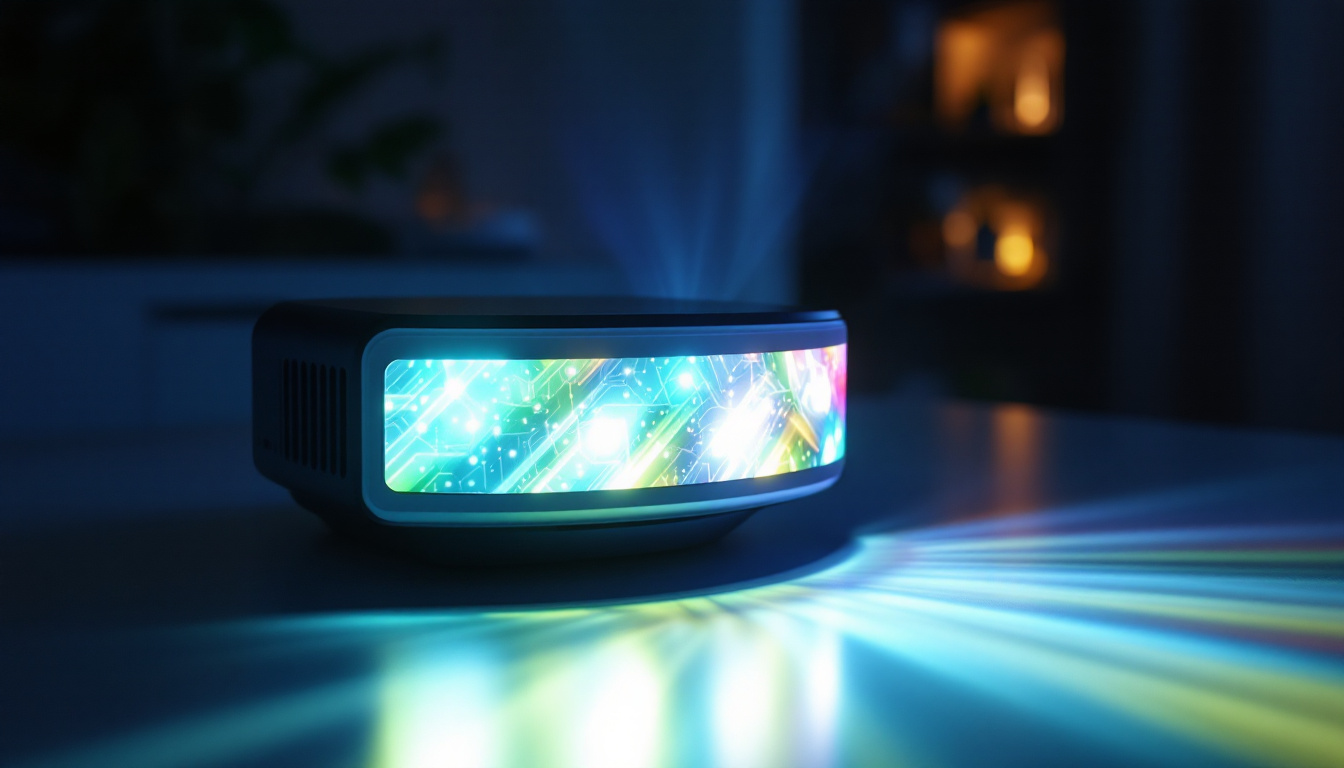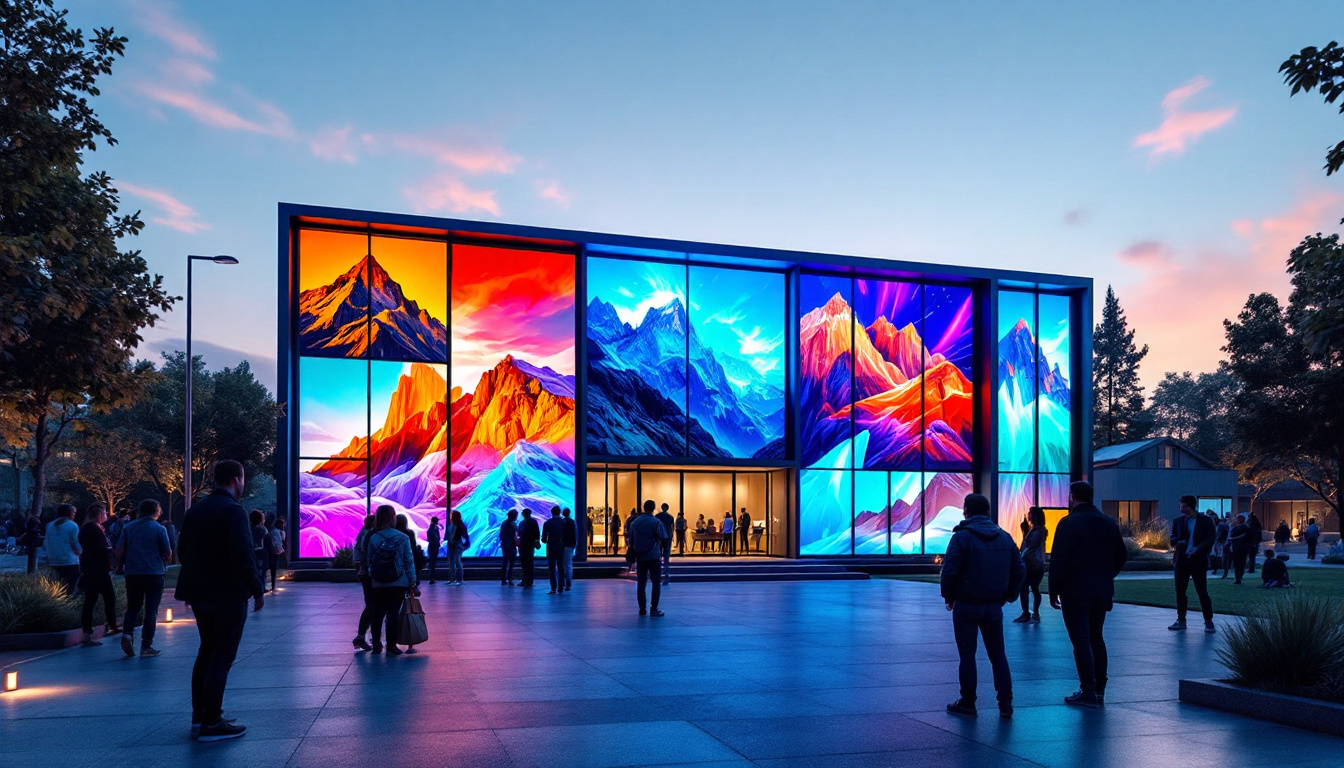In recent years, mini LED monitors have emerged as a popular choice for both professionals and casual users alike. These compact displays offer a range of benefits, including improved image quality, energy efficiency, and versatility. Understanding the technology behind mini LED displays can help users make informed decisions when selecting a monitor that best suits their needs.
What is Mini LED Technology?
Mini LED technology is a significant advancement in the realm of display technology. It utilizes thousands of tiny LEDs to create a backlight for LCD panels, enhancing the overall performance of the display. This innovation allows for more precise control over brightness and contrast, resulting in richer colors and deeper blacks.
The Basics of LED and Mini LED
To fully appreciate mini LED monitors, it’s essential to understand the fundamentals of LED technology. Traditional LED displays use larger LEDs for backlighting, which can lead to uneven lighting and less control over local dimming. Mini LEDs, on the other hand, are much smaller, allowing for a denser arrangement of light sources. This density enables finer control over individual zones of brightness, significantly improving the viewing experience. The result is a display that can achieve remarkable levels of detail, particularly in high dynamic range (HDR) content, where the contrast between light and dark areas is crucial for a lifelike representation.
Comparison with Traditional Displays
When comparing mini LED monitors to traditional LCD or OLED displays, several key differences emerge. Mini LED displays often provide better contrast ratios and color accuracy than standard LCDs. While OLED technology is known for its deep blacks and vibrant colors, mini LED offers a more affordable alternative without sacrificing too much in terms of performance. Additionally, mini LED technology can mitigate some of the common issues associated with OLED, such as burn-in, making it a more durable choice for varied content consumption. This resilience, combined with the enhanced brightness levels that mini LEDs can achieve, makes them particularly appealing for users who enjoy gaming or watching movies in bright environments.
Furthermore, the manufacturing process for mini LED displays is becoming increasingly streamlined, which may lead to wider adoption across various devices, from televisions to laptops and even smartphones. As the technology matures, we can expect to see improvements in energy efficiency as well, making mini LED displays not only a visually stunning option but also a more environmentally friendly choice. The potential for mini LED technology to revolutionize the display market is immense, as it bridges the gap between cost and performance, offering consumers a high-quality viewing experience without the premium price tag often associated with OLED displays.
Benefits of Mini LED Monitors
Mini LED monitors come with a host of advantages that make them an attractive option for various applications. From gaming to professional graphic design, the benefits of this technology are numerous.
Enhanced Picture Quality
One of the standout features of mini LED monitors is their enhanced picture quality. The increased number of dimming zones allows for more precise control over brightness levels, reducing blooming effects around bright objects and providing a more immersive viewing experience. This is particularly beneficial for tasks that require high color fidelity, such as photo editing and video production. The deeper blacks and brighter whites achieved through mini LED technology create a more dynamic range, allowing users to appreciate the subtleties in shadows and highlights that traditional LED displays might miss. Furthermore, the high contrast ratios contribute to a more lifelike representation of images, making mini LED monitors an excellent choice for filmmakers and photographers who demand the highest standards in visual performance.
Improved Energy Efficiency
Energy efficiency is another significant advantage of mini LED technology. With smaller LEDs, these monitors consume less power than traditional displays, making them an environmentally friendly choice. This lower energy consumption not only reduces electricity bills but also contributes to a smaller carbon footprint, appealing to eco-conscious consumers. Additionally, many mini LED monitors come equipped with advanced power management features that optimize energy use based on the content being displayed. This means that whether you’re watching a movie, working on a spreadsheet, or gaming, the monitor intelligently adjusts its power consumption, further enhancing its efficiency. As sustainability becomes a growing concern, the energy-efficient nature of mini LED monitors positions them as a forward-thinking choice for both individuals and businesses looking to reduce their environmental impact.
Versatility and Form Factor
Mini LED monitors are available in a variety of sizes and form factors, making them suitable for a wide range of applications. Whether used in a home office, for gaming, or as part of a professional workstation, these monitors can fit seamlessly into any setup. Their compact size also makes them ideal for portable use, allowing users to enjoy high-quality displays on the go. In addition to their physical versatility, mini LED monitors often come with a range of connectivity options, including HDMI, DisplayPort, and USB-C, ensuring compatibility with a multitude of devices. This adaptability makes them a popular choice among tech enthusiasts who appreciate the ability to switch between different devices without hassle. Moreover, the sleek design of many mini LED monitors adds a modern aesthetic to any workspace, enhancing not just functionality but also the overall visual appeal of the environment.
Applications of Mini LED Monitors
The versatility of mini LED monitors extends to various fields, including gaming, professional work, and entertainment. Each application benefits from the unique features of this technology.
Gaming
For gamers, mini LED monitors offer a competitive edge. The fast response times and high refresh rates available with these displays enhance the gaming experience, providing smoother visuals and reducing motion blur. Additionally, the improved contrast and color accuracy ensure that games look stunning, making every detail pop on the screen.
Professional Use
In professional environments, mini LED monitors are becoming increasingly popular among graphic designers, video editors, and photographers. The ability to display a wider color gamut and achieve higher levels of brightness allows for more accurate color representation, which is crucial for creative work. Furthermore, features such as HDR support elevate the visual experience, making it easier to work on projects that require precision.
Home Entertainment
For home entertainment systems, mini LED monitors provide an exceptional viewing experience for movies and TV shows. The enhanced contrast ratios and vibrant colors contribute to a cinematic feel, making it a great choice for movie enthusiasts. Additionally, many mini LED monitors come equipped with smart features, allowing users to stream content directly from popular platforms.
Choosing the Right Mini LED Monitor
With a variety of options available on the market, selecting the right mini LED monitor can be a daunting task. Several factors should be considered to ensure that the chosen display meets the user’s specific needs.
Screen Size and Resolution
Screen size and resolution are critical factors when choosing a mini LED monitor. Larger screens provide a more immersive experience, especially for gaming and movie watching. However, the resolution should also be taken into account; higher resolutions like 4K offer sharper images and more detail. Balancing size and resolution based on available space and intended use is essential.
Refresh Rate and Response Time
For gamers, refresh rate and response time are crucial specifications. A higher refresh rate, such as 144Hz or 240Hz, can significantly enhance the gaming experience, providing smoother motion and reducing lag. Similarly, a low response time minimizes ghosting effects, ensuring that fast-paced action is displayed clearly.
Connectivity Options
Connectivity options are another important consideration. Ensure that the monitor has the necessary ports to connect to your devices, whether it be HDMI, DisplayPort, or USB-C. Additionally, features like built-in speakers or USB hubs can add convenience, reducing cable clutter and enhancing usability.
Future of Mini LED Technology
The future of mini LED technology looks promising, with ongoing advancements expected to further enhance display performance. As manufacturers continue to innovate, consumers can anticipate even better picture quality, energy efficiency, and affordability.
Potential Advancements
Future advancements may include improved local dimming algorithms, which could further enhance contrast and reduce blooming. Additionally, as the technology matures, prices are likely to decrease, making mini LED monitors more accessible to a broader audience. Innovations in color accuracy and brightness levels will also continue to evolve, further solidifying mini LED as a leading display technology.
Integration with Other Technologies
Mini LED technology may also see integration with other emerging technologies, such as augmented reality (AR) and virtual reality (VR). As these fields expand, the demand for high-quality displays will grow, and mini LED could play a significant role in meeting those needs. The combination of mini LED with other advancements may result in even more immersive experiences for users.
Conclusion
Mini LED monitors represent a significant leap forward in display technology, offering numerous advantages over traditional displays. With enhanced picture quality, improved energy efficiency, and versatility, these monitors are suitable for a wide range of applications, from gaming to professional work and home entertainment.
As the technology continues to evolve, consumers can expect even more exciting developments in the mini LED space. Understanding the benefits and features of mini LED monitors will empower users to make informed choices, ensuring they select a display that meets their specific needs and enhances their viewing experience.
In summary, mini LED monitors are not just a trend but a transformative technology that is reshaping how we interact with visual content. As they become more prevalent, they will undoubtedly play a crucial role in the future of display technology.
Discover the Future of Visual Experience with LumenMatrix
Ready to elevate your visual experience with the latest in mini LED technology? Look no further than LumenMatrix, a pioneer in LED display innovation. Our comprehensive range of solutions, from Indoor and Outdoor LED Wall Displays to Custom and All-in-One LED Displays, is designed to captivate and engage your audience. Whether for gaming, professional work, or dynamic advertising, LumenMatrix is committed to transforming your visual communication. Check out LumenMatrix LED Display Solutions today and step into the future of display technology.


